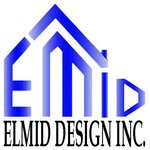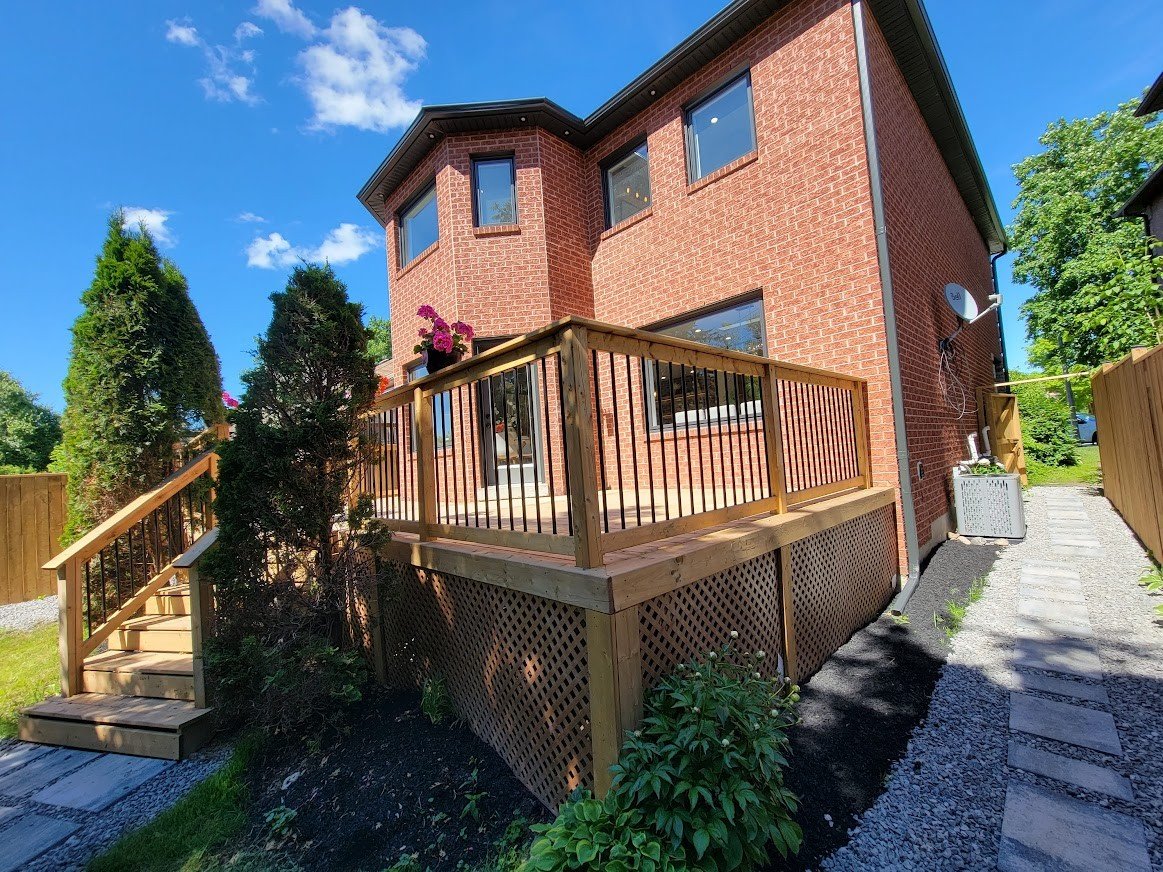When it comes to building a deck in the Greater Toronto Area (GTA), obtaining a deck permit is crucial to ensure compliance with local bylaws and safety standards. In this comprehensive guide, we will explore the ins and outs of the permit process, from understanding the Ontario deck permit requirements to navigating the permit application process. So, let’s dive into the world of deck construction regulations, brought to you by the professional engineering company, Elmid Design Inc.
Building Permit Requirements in the GTA Area
Obtaining a deck permit in the GTA area involves several steps. First, you need to understand the building permit requirements and the local zoning bylaws. Some of the critical aspects to consider include:
- Deck safety standards: Ensuring your deck design adheres to the safety guidelines outlined by the Ontario Building Code.
- Permit fees and inspections: Familiarizing yourself with the costs associated with obtaining a deck permit, as well as the necessary inspections during and after construction.
- Deck design guidelines: Following the required design parameters for your deck, such as height, setback, and railing specifications.
- Structural drawings and plans: Submitting detailed drawings and plans that outline your deck’s construction, including the size, materials, and structural components.
For a more in-depth understanding of specific permit requirements in different areas of the GTA, refer to these resources:
Deck Construction Regulations in Ontario
When building a deck in Ontario, it’s essential to follow the deck construction regulations outlined by the Ontario Building Code. Some key points to remember include:
- The minimum distance from the property line
- The maximum height for a deck without requiring a railing
- The type and size of structural components (e.g., beams, joists, and footings)
To ensure that your deck meets these regulations, it’s crucial to consult with a professional engineering company, such as Elmid Design Inc., that specializes in deck design and construction.
The Permit Application Process
The permit application process for a deck permit in the GTA area typically involves the following steps:
- Consult with a professional engineering company, like Elmid Design Inc., to create detailed structural drawings and plans that comply with the Ontario Building Code and local zoning bylaws.
- Complete the necessary permit application forms and gather all required documentation, including site plans, drawings, and proof of ownership.
- Submit the permit application to the appropriate municipal building department along with the required fees.
- Wait for the permit application to be reviewed and approved, which may take several weeks.
- Schedule any necessary inspections during the construction process and upon completion.
For more information on the permit application process in specific GTA areas, Elmid Design Inc. offers specialized services for:
- Building Permit Oshawa
- Basement Permit Brampton
- Residential Basement Entrance Permits
- Addition to Existing Home
- Interior Alteration Permit
- Basement Permit
- Building Permit Toronto
Deck Permit Tips and Best Practices
To help ensure a smooth permit application process, consider these tips and best practices:
- Research the specific requirements for your area: As requirements may vary between municipalities, it’s essential to research the specific rules and regulations in your local area.
- Consult with a professional engineering company: Partnering with a company like Elmid Design Inc. can provide valuable guidance and expertise in navigating the permit process and ensuring compliance with all regulations.
- Prepare thorough documentation: Detailed and accurate drawings, plans, and supporting documents are vital for a successful permit application.
- Allow ample time for the permit process: Be prepared for the permit review process to take several weeks or even months, depending on your local municipality.
Deck Railings and Footing Sonotubes:
When constructing a deck, it’s essential to pay close attention to the railings and footing sonotubes, as these components are critical for ensuring the safety and stability of your structure. In this section, we will discuss the requirements for deck railings and footing sonotubes according to the Ontario Building Code.
Deck Railings: Safety and Compliance
Deck railings are crucial for preventing accidental falls and providing a safe environment for all users. The Ontario Building Code outlines specific requirements for deck railings, which include:
- Height: The minimum height for deck railings is 36 inches (900mm) for decks less than 6 feet (1.8 meters) above the ground, and 42 inches (1,070mm) for decks higher than 6 feet.
- Spacing: The maximum spacing between balusters (vertical supports) should be no more than 4 inches (100mm) to prevent small children from slipping through.
- Load requirements: Railings must be able to withstand a specific amount of force, depending on the type of occupancy and location of the deck.
It’s essential to consult with a professional engineering company like Elmid Design Inc. to ensure your deck railings meet the Ontario Building Code’s safety requirements.
Footing Sonotubes: Providing a Solid Foundation
Footing sonotubes are cylindrical concrete forms used to create deck footings, providing a stable and durable foundation for your deck. The Ontario Building Code outlines requirements for deck footings, which include:
- Size and depth: The size and depth of the footing sonotubes depend on factors such as the size of the deck, the type of soil, and the frost line depth in your area. Typically, the footing depth should extend below the frost line to prevent frost heave from damaging your deck.
- Spacing: The spacing between footings should be based on the size and weight of the deck, as well as the type and size of the structural components (e.g., beams, joists).
- Material and construction: The footing sonotubes should be made of high-quality concrete, with proper reinforcement to ensure long-lasting stability.
Working with a professional engineering company like Elmid Design Inc. can help you determine the appropriate size, depth, and spacing of your deck’s footing sonotubes, ensuring a stable and secure foundation for your deck.
In summary, deck railings and footing sonotubes are essential components of a safe and compliant deck. By following the Ontario Building Code’s guidelines and partnering with a professional engineering company like Elmid Design Inc., you can ensure that your deck is constructed to the highest safety and stability standards.
In conclusion, obtaining a deck permit in the GTA area is a crucial aspect of building a safe and compliant deck. By following the guidelines outlined in this article and partnering with a professional engineering company like Elmid Design Inc., you can navigate the permit process with confidence. Moreover, you can ensure that your new deck will be built to the highest safety standards, providing an enjoyable outdoor space for years to com





